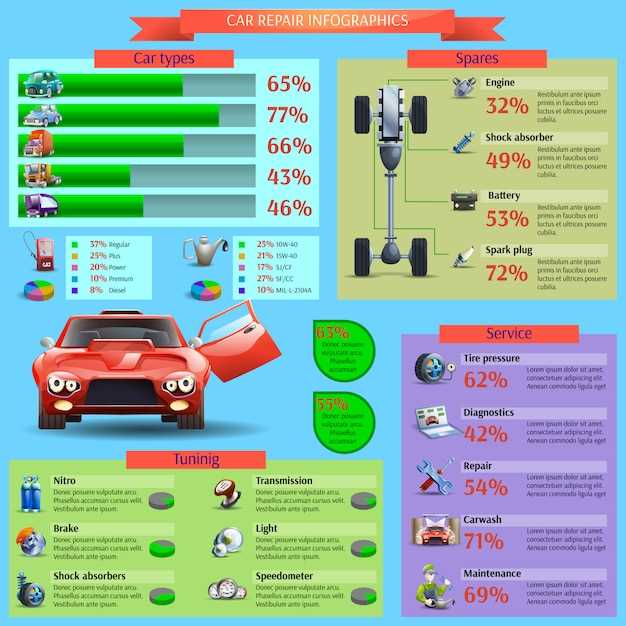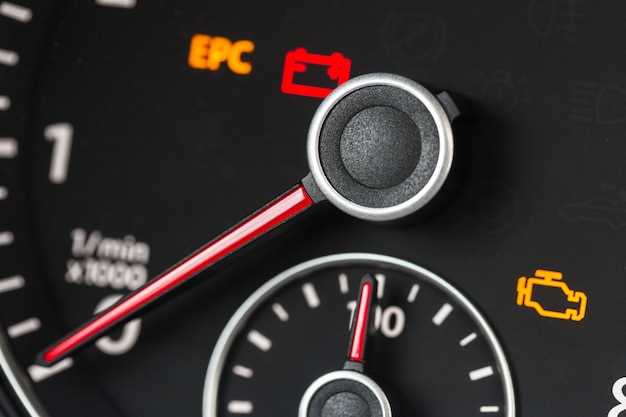
Fuel strategy is a critical component of GT racing that can significantly influence the outcome of a race. It involves meticulous planning and real-time decision-making, as teams must balance the need for speed with the limitations imposed by fuel capacities. Effective management of fuel not only affects lap times but also the overall endurance of the vehicle throughout the race.
Refueling plays a vital role in GT racing, particularly in endurance events where the length of the race can exceed several hours. Teams must devise a refueling strategy that optimizes the time spent in the pits while ensuring the car has enough fuel to maintain competitive lap times. This strategic planning requires a deep understanding of the car’s fuel efficiency, track conditions, and the behavior of competitors.
Additionally, the dynamics of fuel management may shift depending on various factors such as tire wear, weather conditions, and race regulations. Teams are constantly analyzing data and adjusting their strategies to react to these variables. Ultimately, mastering fuel strategy not only enhances performance but also can be the difference between victory and defeat in the fiercely competitive world of GT racing.
Analyzing Fuel Consumption: Data and Predictive Models

In the realm of GT racing, understanding fuel consumption is paramount for developing an effective strategy. Teams strive to optimize performance not just through tire management or aerodynamics, but significantly through their fueling tactics. Fuel consumption analysis begins with data collection during practice sessions, where telemetry systems gather crucial metrics regarding fuel usage across various track conditions and driving styles.
Data analytics plays a vital role in interpreting this information. By examining fuel consumption patterns, teams can identify key performance indicators that tie fuel efficiency to lap times. This information assists engineers in fine-tuning vehicles to achieve a balance between speed and efficiency. Predictive models then leverage historical data to forecast fuel needs under different race scenarios, helping teams strategize on when to refuel without compromising their competitive edge.
Effective refueling strategies depend on understanding the track layout, expected weather conditions, and anticipated race variables such as safety cars or driver changes. Predictive algorithms can simulate race conditions, allowing teams to estimate the optimal number of pit stops and fuel load adjustments that will maximize their chances of finishing strong. This analysis also helps in choosing the right moments to pit, ensuring that teams can minimize time loss while maintaining pace.
As technology evolves, the integration of real-time data analysis becomes increasingly important. Live telemetry uplinks enable teams to adapt their fuel strategy mid-race, responding to changes in competition dynamics. This responsive approach can make the difference between a podium finish and a mid-pack result. Ultimately, mastering fuel consumption analysis and predictive modeling elevates a team’s ability to implement an agile and informed refueling strategy, essential for success in GT racing.
Optimizing Pit Stops: Timing and Refueling Techniques
In GT racing, optimizing pit stops is crucial for maintaining a competitive edge. Effective timing and refueling techniques can significantly influence a team’s overall performance. Proper strategy during pit stops not only minimizes time spent in the pit lane but also aligns with the race’s fuel consumption dynamics.
Timing is one of the most critical elements of a successful pit stop. Teams must analyze various factors, including track conditions, tire degradation, and fuel levels, to determine the optimal moment for a pit stop. By closely monitoring these variables, teams can avoid unnecessary stops and capitalize on caution periods or other drivers’ misfortunes.
Another component of an effective pit strategy is the implementation of refueling techniques. Quick and efficient refueling can dramatically reduce the time a car spends in the pits. Teams often use specialized equipment designed to streamline the process. For instance, preheating fuel can reduce the viscosity, allowing for faster flow rates during refueling. Additionally, training pit crew members to perform their tasks with precision enhances efficiency and reduces the risk of mistakes.
Moreover, teams must also consider the overall fuel strategy in relation to tire management and driving style. A successful refueling plan integrates fuel load predictions with the team’s chosen tire strategy, ensuring that the car has the optimum balance between speed and endurance throughout the race. Teams that master this synergy gain a significant advantage, allowing them to push their limits while maintaining the necessary fuel supply.
In conclusion, the combination of strategic timing and advanced refueling techniques forms the backbone of an effective pit stop in GT racing. By continuously analyzing race conditions and employing well-practiced refueling methods, teams can enhance their performance and increase their chances of victory.
Impact of Weather and Track Conditions on Fuel Strategy

Weather and track conditions play a crucial role in shaping the fuel strategy employed by teams in GT racing. Variations in temperature, humidity, and precipitation can significantly affect the performance of both the car and the tires, necessitating adjustments in fuel management.
In dry conditions, teams may optimize their fuel strategy for maximum performance, often aiming for longer stints between refueling stops. This approach helps in reducing the overall time spent in the pit lane, allowing drivers to maintain position on track. However, if the track temperature rises significantly, teams might face increased tire degradation, prompting a reevaluation of their fuel and tire strategy to ensure competitive lap times.
On the other hand, wet conditions can complicate fuel strategies considerably. Rain not only alters the grip levels on track but also leads to higher rates of tire wear due to the need for different compounds to handle changing conditions. Under these circumstances, teams may choose to fuel their cars differently, aiming for shorter stints that allow for quicker tire changes and adaptability to evolving weather. Refueling strategies may also shift to accommodate the unpredictability of race conditions, focusing on maintaining optimal pace during the wet phases.
Additionally, sudden weather changes can result in teams needing to alter their fuel strategy mid-race. For instance, a team may plan for a certain number of laps with a planned refueling stop, but if rain begins to fall, they might need to change to a more conservative approach to ensure they can make it to the end without running out of fuel due to increased lap times.
Ultimately, understanding how changing weather and track conditions impact fuel strategy is essential for teams to execute successful races. It requires thorough data analysis and a flexible approach to strategy to maximize performance while ensuring that fuel levels are managed effectively throughout the race.












